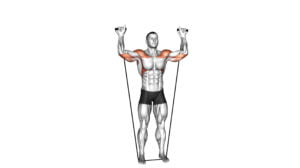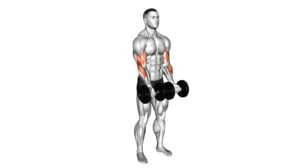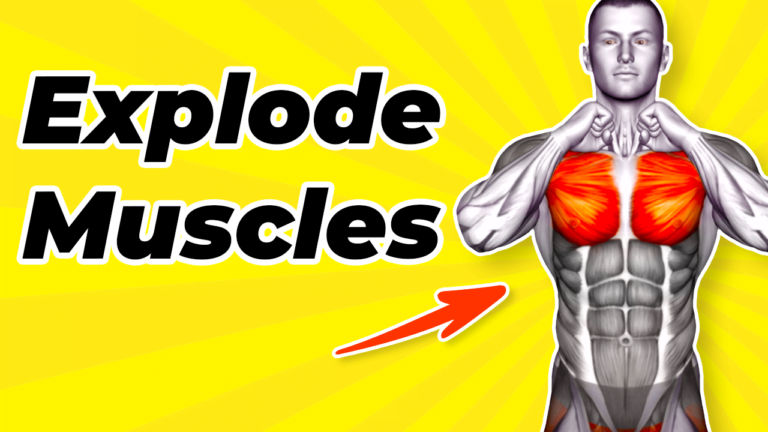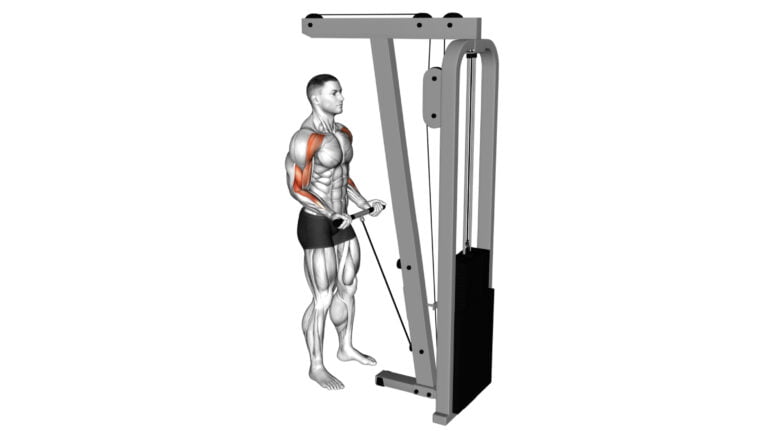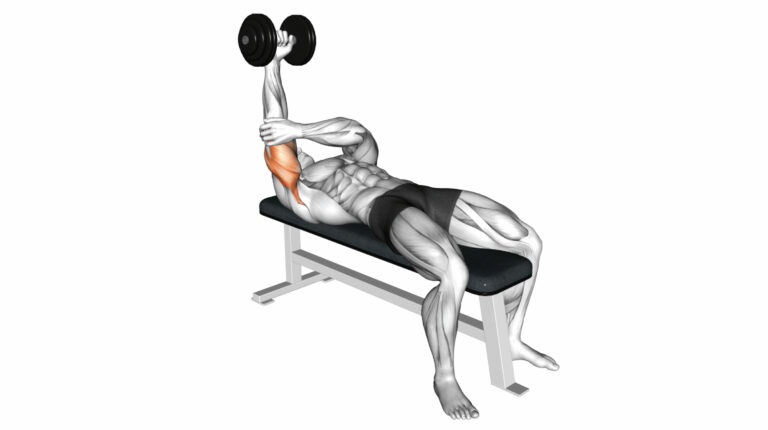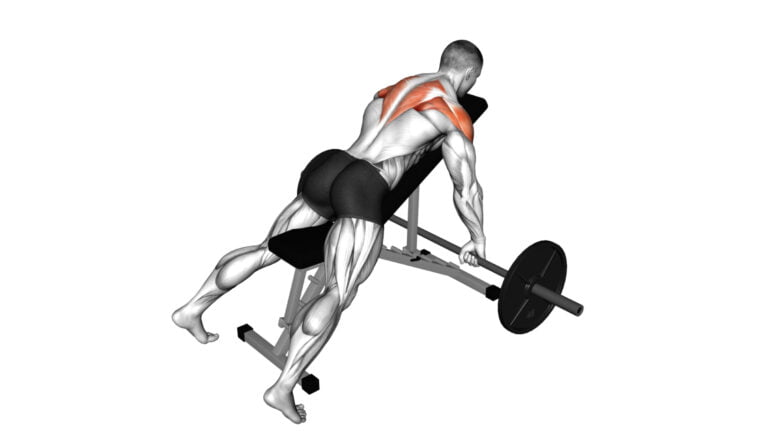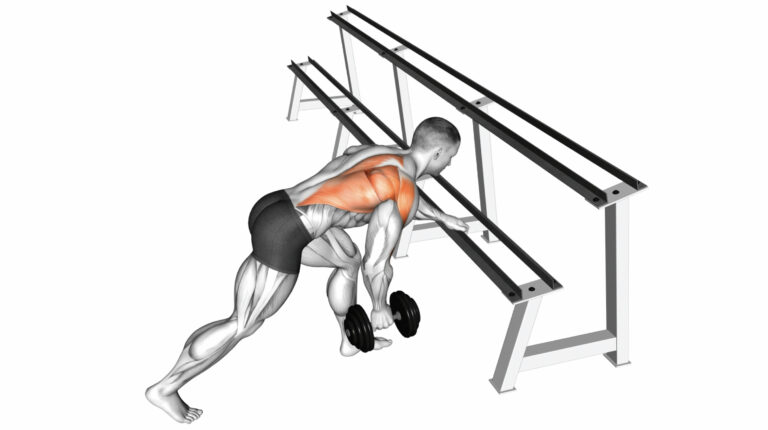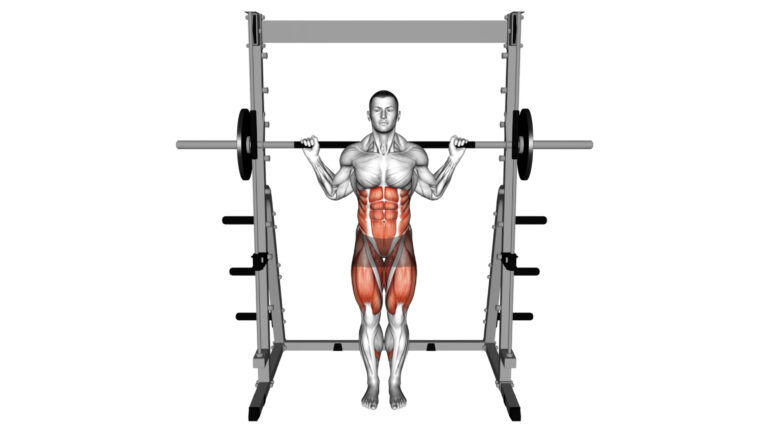10 Glute Exercises With Bench: Maximizing Your Glute Strength And Tone
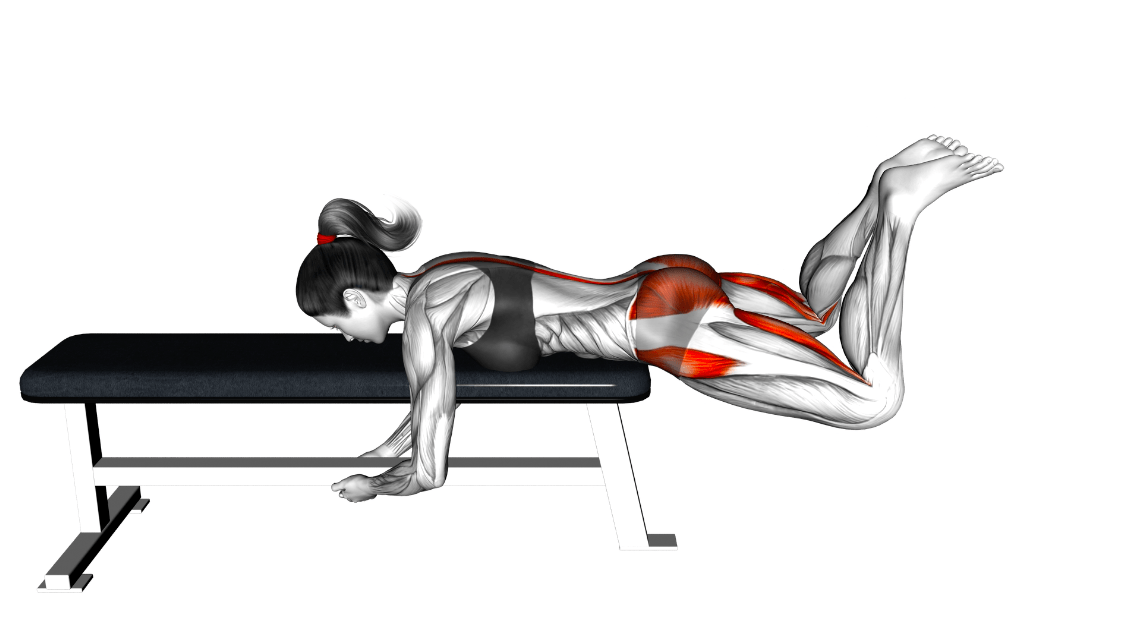
Welcome to the ultimate guide for shaping and strengthening your glutes! If you’re looking to step up your lower body workout, incorporating a bench can be a game-changer. Glute exercises with bench not only enhance the intensity of traditional moves but also open up a whole new range of possibilities.
In this post, we dive into how these powerhouse muscles work and why they deserve your full attention. Get ready to discover 10 dynamic glute exercises that will transform your routine and help you achieve the toned, powerful posterior you’ve been aiming for.
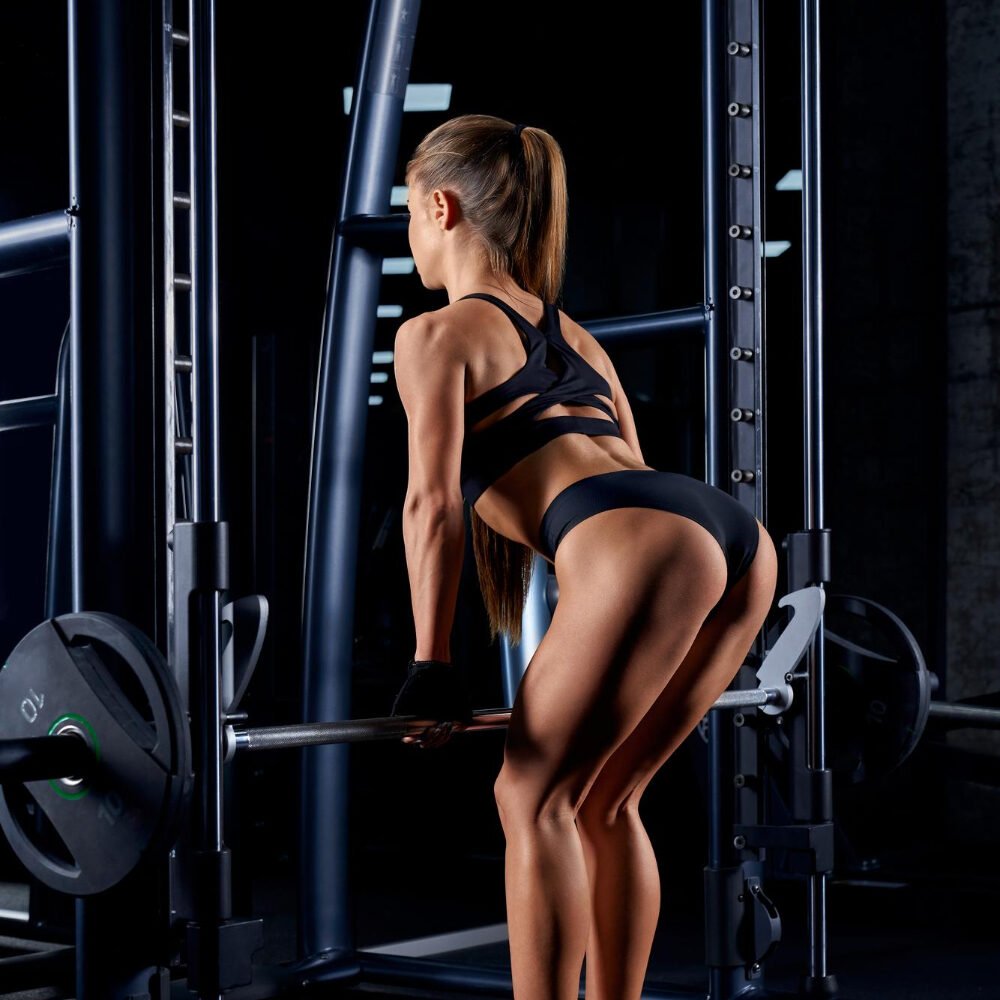
Stay tuned – your best booty gains are just around the corner!
Key Takeaways
- Engage your glutes with bench exercises like Glute Bridge Two Legs on Bench and Single Leg Thrusts to boost strength and muscle tone.
- Add resistance or gradually increase weight during your workouts to challenge the glute muscles, encouraging growth and greater activation.
- Maintain proper technique for each exercise, including a neutral spine position and squeezing the glutes at the top of movements.
- Combine these bench exercises with other full – body workouts for balanced muscular development and functional strength improvement.
- Progress by incorporating advanced variations or combining upper body exercises to keep challenging your muscles for continued gains.
Understanding the Role of Glute Muscles
The glute muscles, a group of three muscles in your buttocks, are among the most powerful in your body and play a critical role in movement. They consist of the gluteus maximus, medius, and minimus.
The largest one is the maximus; it’s key for hip extension, outward rotation, and straightening out the pelvis during activities like sprinting or climbing stairs. Meanwhile, the medius and minimus work more on hip stabilization when you’re on one leg – think about balancing or side-stepping.
Glute exercises with bench target these muscles effectively by providing an elevated platform that enables a greater range of motion than floor workouts alone. Leveraging benches during exercise challenges these muscles to work harder as they lift against gravity from different angles.
This kind of training not only builds strength but also enhances muscle tone for better power transfer whether you’re running faster or lifting heavier objects. It sharpens your body’s ability to perform athletic movements while reducing injury risk – all because those crucial butt muscles become stronger and more resilient over time.
Benefits of Incorporating Bench Into Glute Exercises
Incorporating a bench into your glute exercises can increase strength and muscle activation, improve balance and stability, and target specific muscle groups for more effective workouts.
Adding the bench to your routine can help you achieve better results in less time.
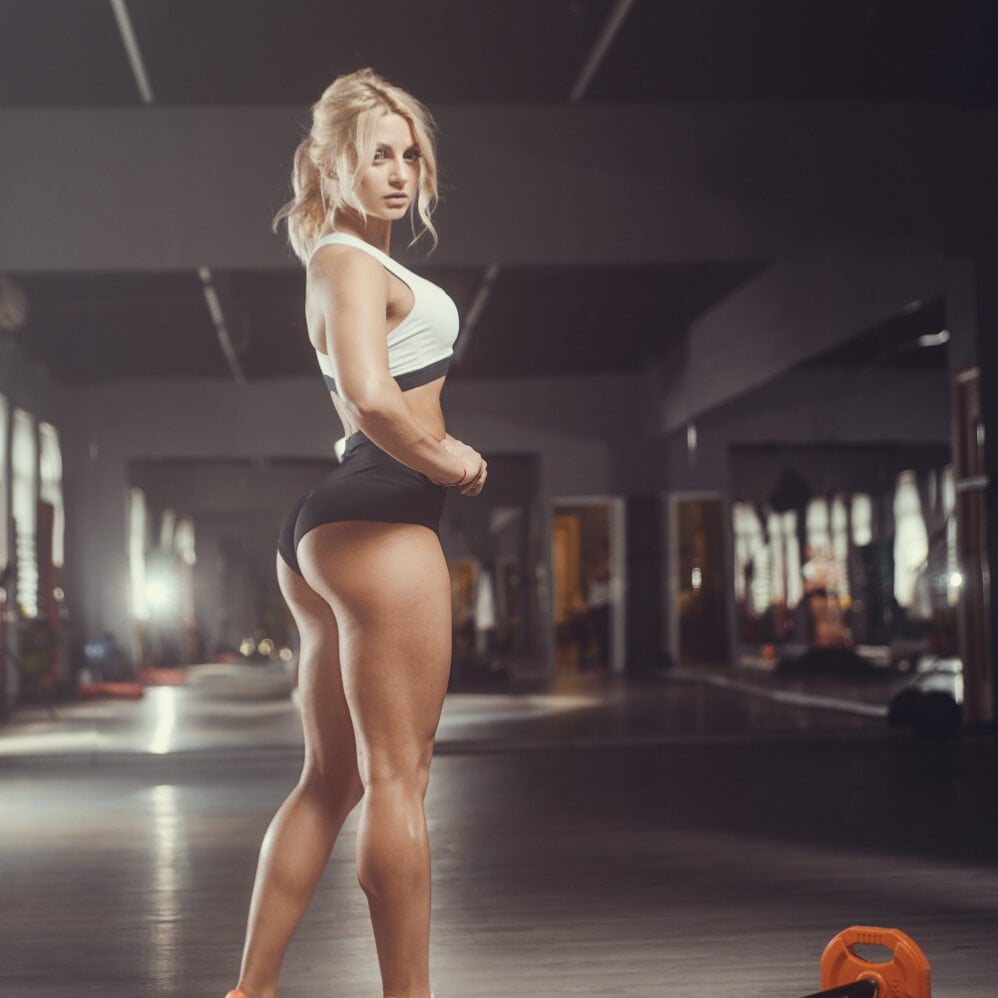
Increased strength and muscle activation
Using a bench for your glute exercises isn’t just about changing things up; it’s a game-changer for muscle growth and power. Exercises like the Barbell Hip Thrust become more effective because they require you to stabilize your body, pushing your muscles harder than they would on flat ground.
This stimulation ensures deeper muscle engagement and promotes increased strength across all the muscles worked.
Challenge those glutes further with elevated positions found in moves like the Single Leg Thrusts or Glute Bridge on Bench. These movements force each muscle fiber to activate as you lift against gravity, leading to stronger, more sculpted buttocks.
Not only will this boost in activation help build solid glutes, but it will also improve overall lower body strength that’s crucial for both everyday movements and athletic performance.
Improved balance and stability
Building upon the increased strength and muscle activation from these bench-based glute exercises, you’ll also notice your balance and stability getting better over time. Mastering movements on a bench requires control and precision, factors that naturally enhance your body’s ability to stabilize itself.
As you perform glute bridges or single-leg thrusts with one foot on the bench, both sides of your body have to work in unison. This not only fires up your glutes but also trains the smaller stabilizing muscles around your hips and core.
Engaging deeply with each rep, these workouts act like a real-world practice for maintaining poise during everyday activities. Whether it’s standing on a shaky bus or walking on an uneven path, stronger glutes contribute directly to steadier steps and fewer stumbles.
Each set acts as an investment into a more balanced future where you move gracefully through life’s physical challenges.
Targeting specific muscle groups
To build a well-rounded and sculpted lower body, it’s essential to target specific muscle groups within the glutes. By focusing on exercises that isolate the gluteus maximus, medius, and minimus, individuals can achieve enhanced muscle tone and definition.
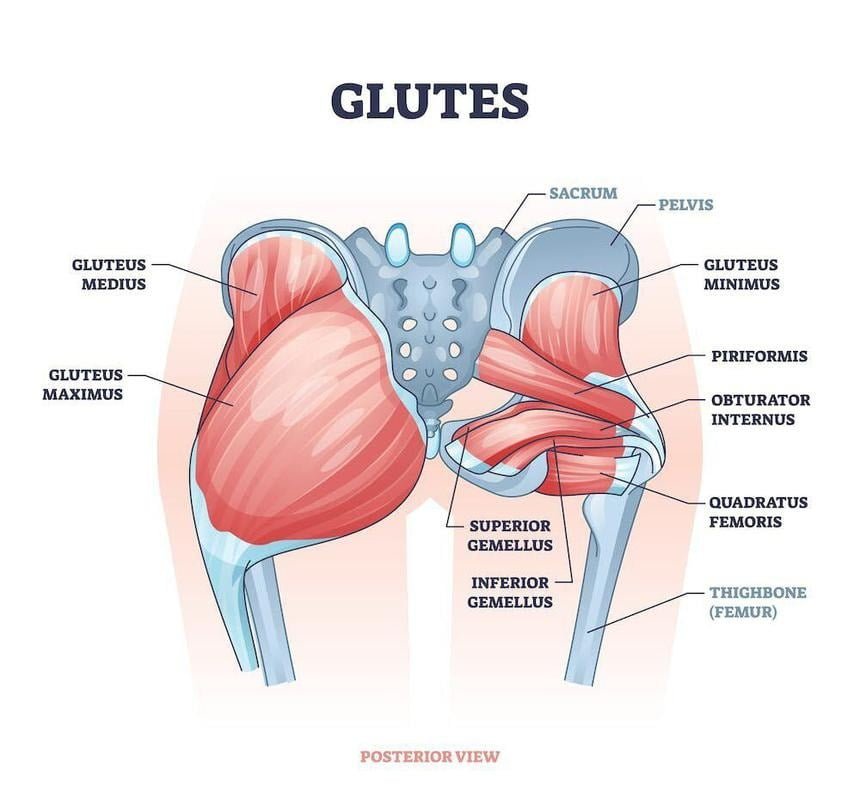
These targeted movements engage the muscles more effectively, leading to significant progress in strength and aesthetics.
Utilizing exercises like glute bridges, hip thrusts, and Bulgarian split squats with a bench allows for precise targeting of individual muscle groups while promoting optimal development and balance across all areas of the glutes.
By incorporating these focused movements into your routine regularly, you can achieve a well-defined and proportionate lower body.
10 Best Glute Exercises With Bench
Get ready to sculpt and strengthen your glutes with these 10 effective exercises using a bench. From glute bridges to hip thrusts, these exercises will help you achieve your fitness goals.
Read on for detailed instructions and tips for each exercise!
1. Glute Bridge Two Legs on Bench
How to perform the Glute Bridge Two Legs on Bench exercise? Position your upper back and shoulders on the bench, plant your feet firmly on the ground, then push through your heels to lift your hips until they’re in line with your knees. Squeeze your glutes at the top for a second before lowering down without touching the ground.
This exercise engages not only your glutes but also activates those hard-to-reach muscles in your hamstrings and lower back.
To intensify this move, add resistance by placing a barbell or dumbbells over your hips or using a resistance band around both thighs. Keep the movement controlled and focus on squeezing your glutes at the top of each rep for optimal muscle activation.
2. Frog Reverse Hyperextension
To perform the frog reverse hyperextension, start by lying face down on a bench and positioning your hips near the edge with your legs hanging off. Keep your feet together and bend your knees at a 90-degree angle.
Then, engage your glutes to lift your legs upward until they are parallel to the ground. Hold for a moment before lowering back down with control. This exercise targets the glute muscles effectively by emphasizing hip extension and engaging both the hamstrings and lower back.
By incorporating frog reverse hyperextensions into your routine, you can enhance glute activation, strengthen hip extensors, and improve overall lower body strength. This exercise also contributes to better posture and spinal stability while delivering targeted work to key muscle groups in the posterior chain.
3. Flutter Kicks
Flutter kicks are a dynamic exercise that targets the core and lower body, specifically the glutes. Lie on your back with legs straight, then alternate lifting each leg slightly off the ground in a fluttering motion.
This movement engages the glute muscles while also activating the core for stability.
Execute flutter kicks on a bench to intensify the workout and maximize glute activation. By positioning yourself on the bench, you can achieve an increased range of motion and challenge your glutes from a different angle compared to performing this exercise on the floor.
4. Far Leg Hip Thrust
Transitioning from flutter kicks to far leg hip thrust, this exercise takes the traditional hip thrust up a notch by isolating one leg at a time. Start by sitting on the ground with your upper back against a bench, place your feet firmly on the ground and extend one leg straight out.
Lift your hips toward the ceiling while contracting your glutes and hold briefly at the top before slowly lowering back down. Then switch legs and repeat. This unilateral movement helps to correct muscle imbalances and enhances overall stability.
To perform the far leg hip thrust effectively, engage in slow and controlled movements to maximize muscle activation and ensure proper form throughout each repetition. Adding resistance through weights or bands can further intensify this exercise, making it an excellent addition to any glute workout routine.
5. Dumbell Glute Dominant Bulgarian Split Squat
Now let’s transition from the Far Leg Hip Thrust to another powerful glute exercise, the Dumbell Glute Dominant Bulgarian Split Squat. This compound movement is an excellent way to challenge your glutes while also engaging your quads and hamstrings.
To perform this exercise, stand about two feet in front of a bench with a dumbbell in each hand. Place one foot behind you on the bench and keep your torso upright as you lower yourself into a lunge position until your thigh is parallel to the ground.
Push through your front heel to return to the starting position. This exercise not only targets your glutes effectively but also helps improve unilateral leg strength and stability.
6. Single Leg Thrusts
Perform Single Leg Thrusts by lying on your back with one foot flat on the bench and the other leg extended. Push through the heel of the foot on the bench to lift your hips off the ground, keeping your core engaged throughout.
This exercise targets each glute individually, promoting balance and strength in both sides while also engaging your core for stability.
To intensify this movement, place a weight or resistance band over your hips. Ensure proper alignment of your knee and ankle during the thrust to prevent strain on the joints. Incorporate Single Leg Thrusts into your routine for a comprehensive glute workout that enhances strength, stability, and symmetry in each glute muscle group.
7. Dumbbell Hip Thrust
The dumbbell hip thrust is a powerhouse glute exercise that targets the gluteus maximus, helping to strengthen and tone these muscles effectively. To perform this exercise, start by sitting on the floor with your upper back against a bench and a dumbbell resting over your hips.
Keep your feet flat on the ground, shoulder-width apart. Next, drive through your heels to lift your hips towards the ceiling until they form a straight line with your knees and shoulders.
Squeeze your glutes at the top of the movement before lowering back down with control.
Engaging in regular dumbbell hip thrusts can lead to significant improvements in overall lower body strength while also enhancing hip extension capabilities for improved athletic performance or daily activities.
8. Barbell Step-up
For the barbell step-up, place a barbell across your shoulders and stand in front of a bench. Step onto the bench with one foot and push through the heel to lift your body up until both legs are straight.
Lower yourself back down to the starting position and repeat on the same leg before switching to the other leg.
This exercise targets your glutes, hamstrings, quadriceps, and calves while also improving stability and balance. It’s an effective way to build lower body strength and enhance functional movement patterns for everyday activities or sports performance.
9. Barbell Seated Good Morning
Transitioning from the challenging Barbell Step-up, the Barbell Seated Good Morning is another powerful exercise that targets your glutes and lower back. This move involves sitting on a bench with a barbell across your shoulders as you bend forward from your hips.
It’s an excellent way to build strength and stability in these muscle groups, which can enhance overall athletic performance and reduce the risk of injury.
To perform this exercise correctly, it’s crucial to maintain proper form and focus on engaging the target muscles throughout each repetition. By incorporating the Barbell Seated Good Morning into your routine, you’ll effectively strengthen your glutes and lower back while improving hip mobility and enhancing core stability.
10. Barbell Hip Thrust
Transitioning to the powerful and effective exercise of barbell hip thrust, this move is a game-changer for your glute workout routine. Activating your glutes like never before, the barbell hip thrust is a compound movement that targets both the gluteus maximus and hamstring muscles.
By loading weight across your hips, you’re able to challenge these major muscle groups in an extremely efficient way, promoting strength and growth in your lower body. This exercise not only enhances aesthetic appeal but also aids in enhancing athletic performance by improving power generation from the hips.
Maximizing muscle activation through a full range of motion, the barbell hip thrust is unparalleled when it comes to building strong, functional glutes. With proper form and consistent practice, this exercise has transformative potential for toning and strengthening your lower body.

Tips for Perfecting Your Glute Workout with Bench
– Maintain proper form and technique throughout each exercise to ensure maximum muscle activation and prevent injury.
– Gradually increase resistance or weight to continually challenge and progress your glute muscles for optimal strength and tone.
Proper form and technique
Maintain a neutral spine position throughout the exercise to protect your lower back. Keep your feet planted firmly on the ground or bench, and push through your heels as you lift.
Engage your glutes by squeezing them at the top of each movement for maximum muscle activation. Ensure that your knees are in line with your toes during leg exercises to prevent strain on the knee joints.
Maintaining proper form and technique is crucial for maximizing the effectiveness of each glute exercise while minimizing the risk of injury. Always prioritize quality over quantity when performing these movements.
Incorporating resistance and weight
Incorporating resistance and weight into your glute exercises is essential for challenging and strengthening your muscles. Adding resistance, such as using dumbbells or barbells, helps to increase the intensity of the exercises, leading to greater muscle activation and growth.
By adding weight to your glute workouts, you can effectively target specific muscle groups within the glutes, helping you achieve a more comprehensive and balanced strength in this area.
As you progress in your glute training, it’s crucial to gradually increase the resistance and weight used during exercises. This progression not only challenges your muscles further but also contributes to continual strength and muscle development.
Progressing and challenging your muscles
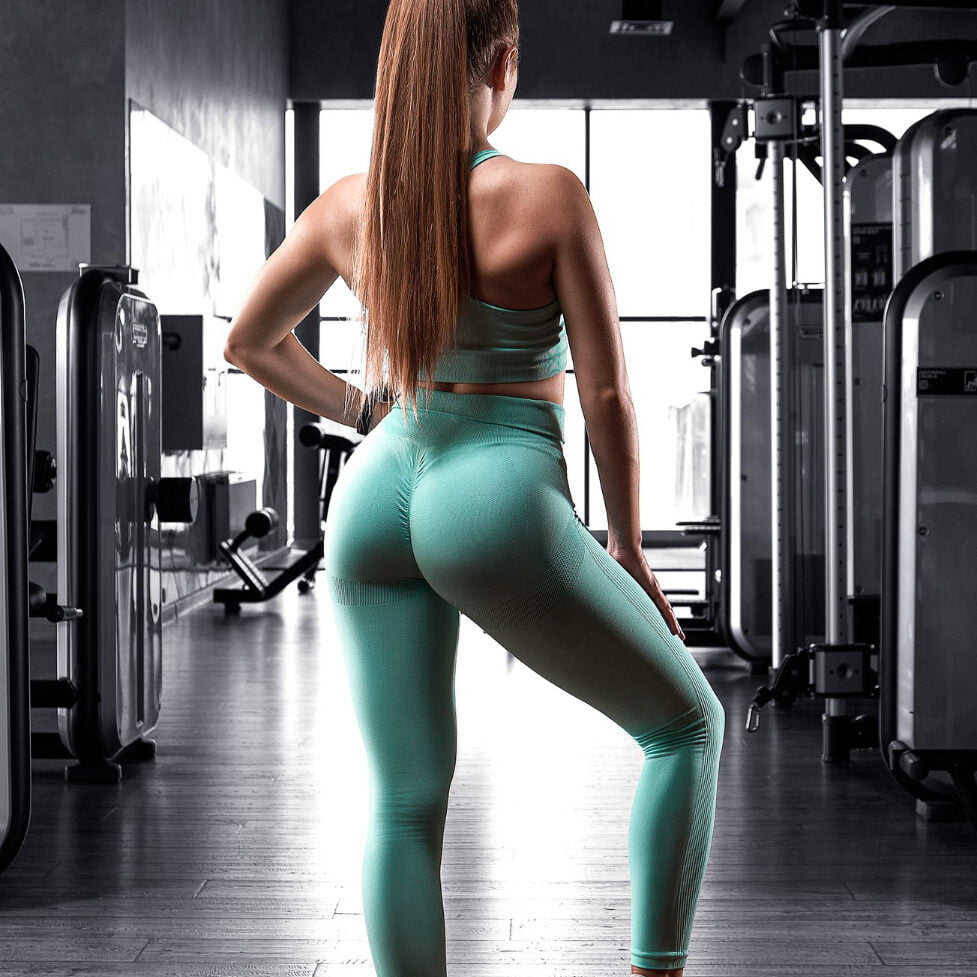
Incorporating resistance and weight in your glute exercises is essential for progressing and challenging your muscles. By gradually increasing the load or intensity, you can stimulate muscle growth and strength development.
This can be achieved through adding weights to exercises like hip thrusts, step-ups, and Bulgarian split squats, or by using resistance bands during movements such as flutter kicks and single-leg thrusts.
As you challenge your muscles with increased resistance, they adapt by becoming stronger and more toned.
To further push your muscles to new limits, consider incorporating advanced variations of familiar exercises such as elevated single-leg hip thrusts or weighted frog reverse hyperextensions.
Combining with other exercises for a comprehensive workout
To create a well-rounded glute workout, you can combine bench exercises with other movements that target different muscle groups. For instance, incorporating lunges and squats into your routine will engage not only the glutes but also the quads and hamstrings.
Adding in deadlift variations can further strengthen the posterior chain while engaging the glutes. Introducing compound movements such as hip thrusts or step-ups with upper body exercises like push-ups or rows creates a full-body workout, enhancing overall strength and stability.
Incorporating a variety of exercises alongside bench work ensures balanced muscular development and an effective overall body workout routine. Mixing lower body, upper body, and core exercises encourages comprehensive muscular engagement while promoting functional strength for daily activities.
Conclusion
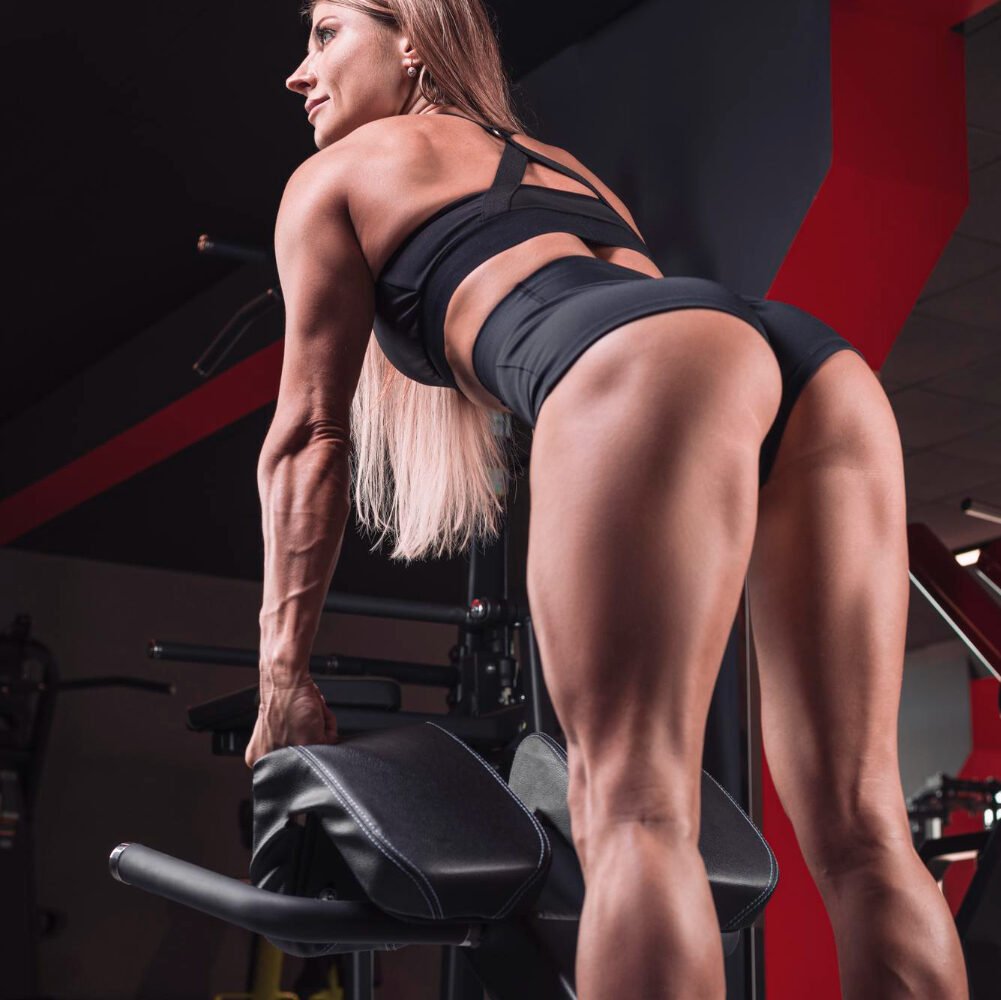
Enhance your glute strength and tone with these 10 effective bench exercises. Feel the burn as you engage your glutes in movements such as Glute Bridge Two Legs on Bench and Single Leg Thrusts.
Master proper form, add resistance, and challenge yourself for optimal results. Take your glute workout to the next level by incorporating these exercises into your fitness routine.
Achieve a stronger, more sculpted lower body with dedicated effort and consistency.
FAQs
1. What are the benefits of using a bench for glute exercises?
Using a bench provides a stability challenge that can maximize your glute strength and tone. It also adds variety to your workouts, allowing you to perform exercises like hip thrusts and step-ups effectively.
2. Can beginners do these bench workouts for their glutes?
Absolutely! Beginners can start with basic movements like bench squats and gradually incorporate more advanced exercises such as Bulgarian split squats as they increase mobility and strengthen their muscles.
3. How does progressive overload apply to these exercises?
Progressive overload means gradually increasing the intensity of your workout by adding more reps, weight, or complexity to each exercise over time, helping you continue to build stronger and more toned glutes.
4. Will these bench workouts improve my overall fitness?
Yes, incorporating these targeted movements into your routine can significantly improve posture while offering enhanced lower body strength which contributes positively to overall fitness levels.

Author
Years ago, the spark of my life’s passion ignited in my mind the moment I stepped into the local gym for the first time. The inaugural bead of perspiration, the initial endeavor, the very first surge of endorphins, and a sense of pride that washed over me post-workout marked the beginning of my deep-seated interest in strength sports, fitness, and sports nutrition. This very curiosity blossomed rapidly into a profound fascination, propelling me to earn a Master’s degree in Physical Education from the Academy of Physical Education in Krakow, followed by a Sports Manager diploma from the Jagiellonian University. My journey of growth led me to gain more specialized qualifications, such as being a certified personal trainer with a focus on sports dietetics, a lifeguard, and an instructor for wellness and corrective gymnastics. Theoretical knowledge paired seamlessly with practical experience, reinforcing my belief that the transformation of individuals under my guidance was also a reflection of my personal growth. This belief holds true even today. Each day, I strive to push the boundaries and explore new realms. These realms gently elevate me to greater heights. The unique combination of passion for my field and the continuous quest for growth fuels my drive to break new ground.


